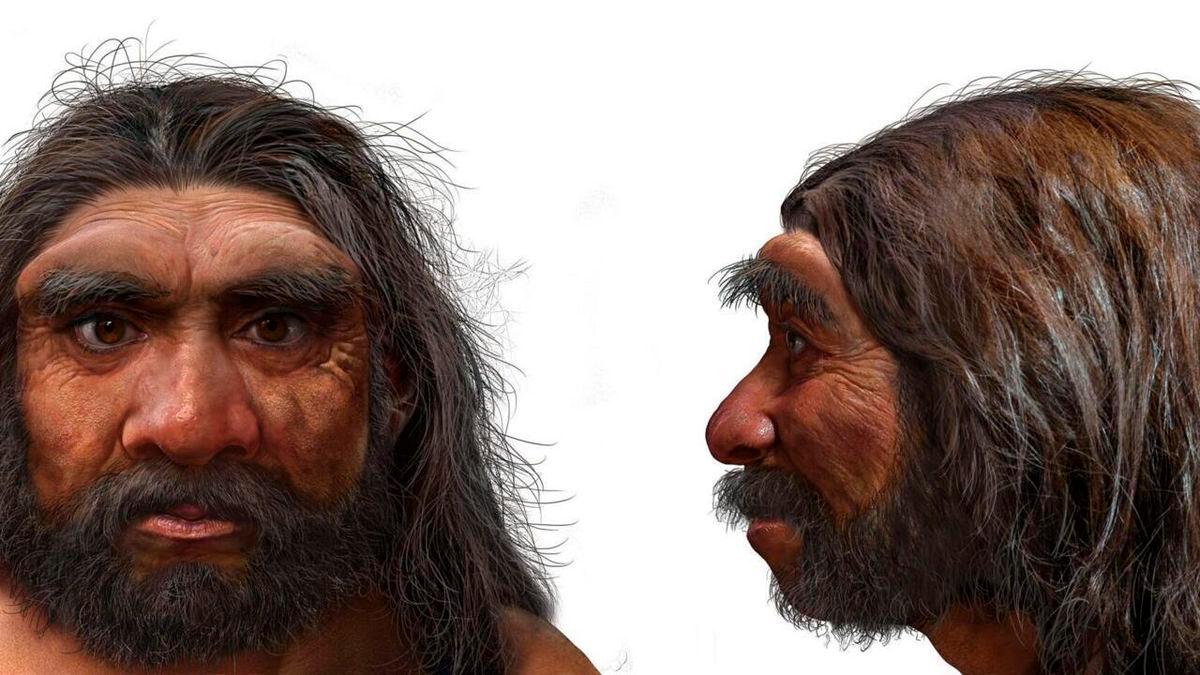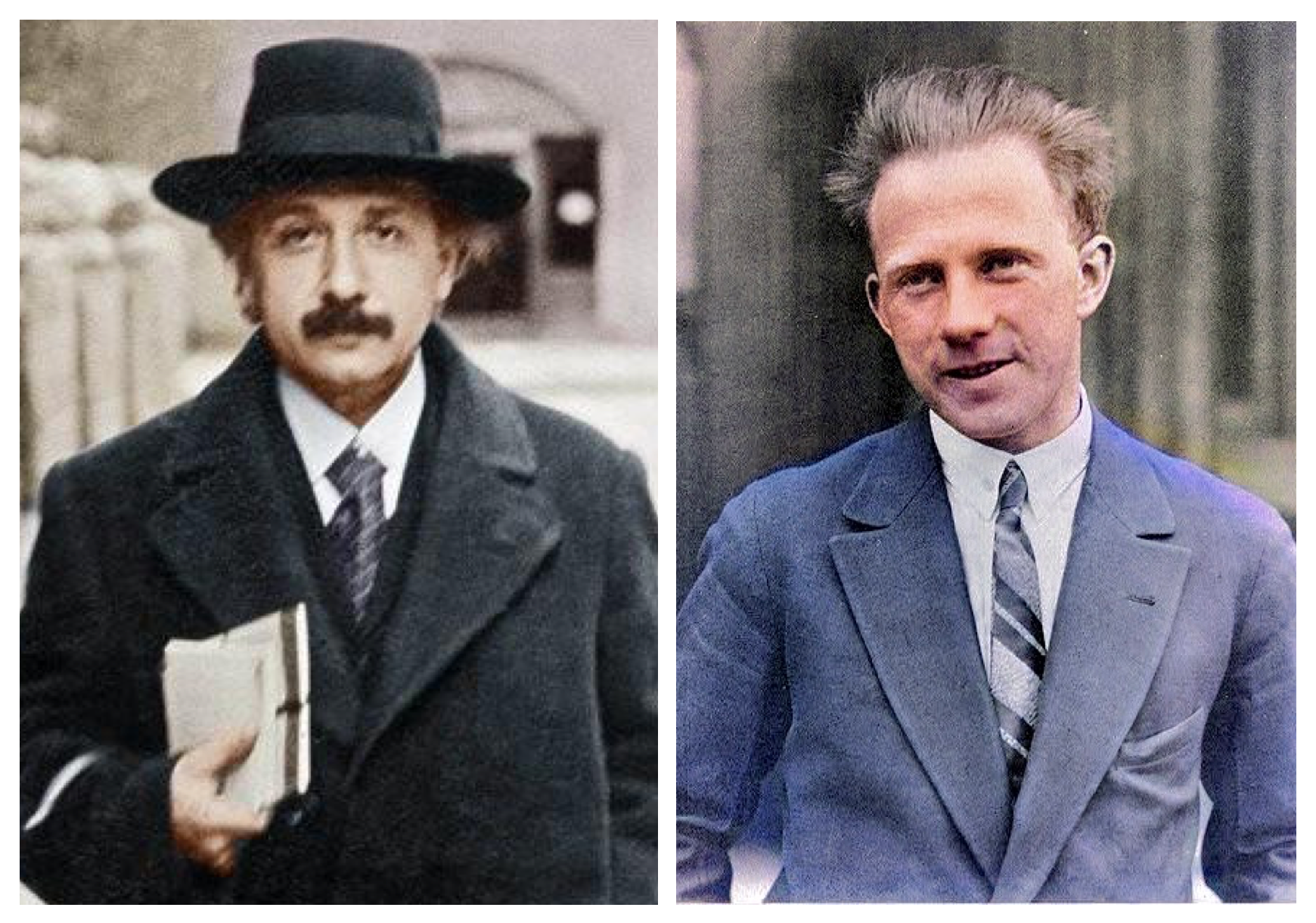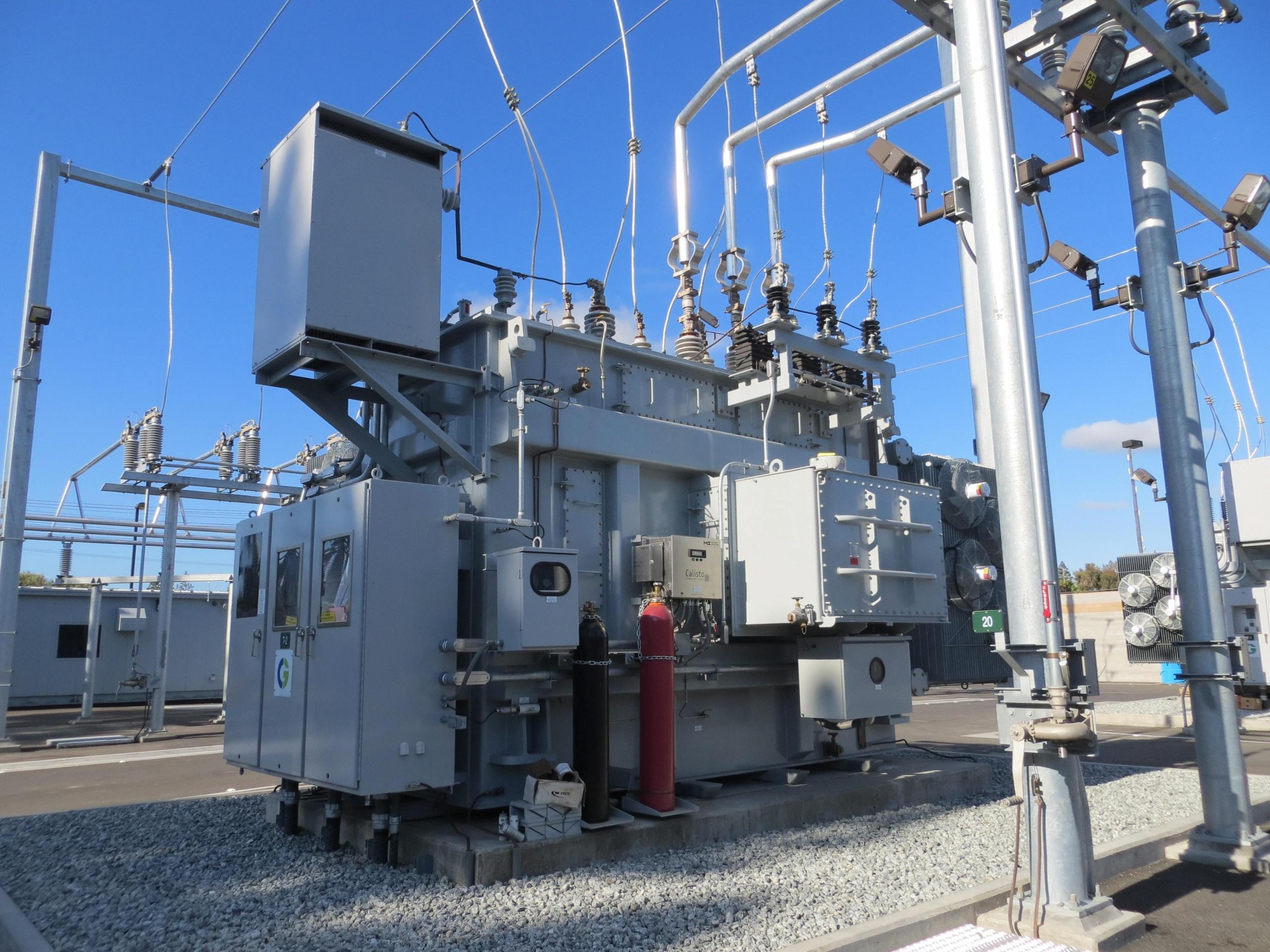A remarkable fossil unearthed in China is forcing scientists to rethink long-held assumptions about the timeline of human evolution.
A recent archaeological find in China has drawn the interest of the worldwide scientific community. Scientists have discovered a remarkably well-preserved human skull that displays a mix of ancient and modern traits, questioning earlier theories on the timeline and processes of human evolution. This discovery provides a rare insight into the complex network of hominin species that existed tens of thousands of years ago, indicating that human evolution may have been significantly more complex than previously believed.
The finding and its importance
The skull was excavated from a cave site in southern China, where layers of sediment have preserved remains from multiple periods. Preliminary dating techniques indicate that the fossil could be significantly older than comparable specimens found in other parts of Asia. Its unique morphology—featuring traits seen in both archaic humans and anatomically modern Homo sapiens—suggests that different human populations may have coexisted and interbred far earlier than scientists had believed.
Experts say that the find could rewrite a portion of the evolutionary timeline. Traditional models often depicted a linear progression from archaic species to modern humans, but the Chinese skull reinforces the idea of a branching, mosaic evolution. Such discoveries hint at a more dynamic process, where populations evolved in parallel and exchanged genetic material across regions.
The implications extend beyond academic debate. By revealing a broader spectrum of human diversity in ancient Asia, the fossil challenges assumptions about migration, adaptation, and survival strategies during the Pleistocene epoch. It highlights how local environments influenced evolutionary outcomes and underscores the importance of East Asia as a center of human development.
Understanding human variation and adaptation
One of the most remarkable elements of the Chinese skull is the way its characteristics come together. Though certain details, like a well-defined brow ridge and strong facial structure, recall older human species such as Homo erectus, other attributes, like the form of the braincase and tooth patterns, are more similar to contemporary humans. This mix implies that evolutionary experimentation might have been widespread, with various groups keeping some ancient features while incorporating others beneficial for enduring.
The discovery also offers a perspective on how adaptation strategies have evolved. Scientists suggest that the changing environments in East Asia, including varying climates and ecosystems, might have spurred evolutionary advancements. Communities residing in these areas would have had to adjust to different resources, threats from predators, and social dynamics, leading to the mix of characteristics seen in the skull. This underscores the link between biological evolution, environmental transformations, and cultural progress.
Genetic examination, when possible, might shed more light on these characteristics, possibly uncovering proof of crossbreeding with other hominin groups. Earlier findings, including Neanderthal and Denisovan DNA in contemporary populations, have shown that genetic exchange between species was frequent. The Chinese skull might offer further insight, aiding in detailing the evolutionary links that influenced current human variation.
Reevaluating human migration and timelines
The discovery in China also prompts a reevaluation of human migration patterns. Conventional models often placed East Asia as a later arrival for modern humans migrating from Africa. However, the dating of this skull suggests that hominin populations may have reached the region earlier than assumed, interacting with local archaic species. This could mean that East Asia played a more central role in shaping human evolution than previously acknowledged.
Such a shift in perspective has wide-ranging implications. It suggests that human evolution was not a simple, unidirectional process but a network of populations adapting and exchanging traits across vast distances. Migration events, once thought to be isolated, may have involved multiple waves of movement and complex interactions, resulting in a rich tapestry of evolutionary history.
Archaeological context further supports these ideas. Tools, ornaments, and other cultural artifacts found near the fossil indicate that these populations possessed advanced skills and social structures. These findings challenge outdated notions that early humans in Asia were technologically or socially inferior to their African counterparts, reinforcing the idea that innovation occurred independently in multiple regions.
Broader impact on evolutionary studies
This finding holds significant importance not just for comprehending human evolution in East Asia, but also on a worldwide scale. It underscores the necessity for more archaeological exploration in areas that have received less attention compared to Africa and Europe. Every new fossil, artifact, or genetic sample can potentially alter the narrative of human history, emphasizing to researchers that the tale of our species is much more complex than a straightforward, linear journey.
Furthermore, the find encourages interdisciplinary collaboration. Paleoanthropologists, geneticists, and archaeologists are combining their expertise to reconstruct a more accurate picture of human evolution. By integrating fossil evidence with genetic data, researchers can better understand the timing, diversity, and adaptive strategies of early humans. This holistic approach promises to yield new insights that will continue to challenge assumptions and spark discussion across scientific communities.
The finding of the Chinese skull highlights the significance of safeguarding fossil locations. Quick expansion of cities and industrial growth in various regions of Asia poses a risk of obliterating crucial clues from our history. Preserving these places guarantees that forthcoming generations of scientists can persist in unearthing and examining the intricacy of human development.
The ongoing research may yield important details from the Chinese skull, helping to bridge gaps in the history of human evolution. New dating techniques, high-definition imaging, and genetic analysis could uncover additional information about the individual’s life, health, and heritage, providing remarkable understanding of the interactions among various hominin groups.
This discovery emphasizes that human evolution is not a straightforward story but a mosaic of migrations, adaptations, and interconnections. Each new find adds depth and nuance, reminding us that the origins of our species are complex, fascinating, and still not fully understood. The fossil unearthed in China reinforces the idea that East Asia was a vital arena for human evolution, one that demands continued study, exploration, and preservation.
While researchers delve into this finding, it becomes evident that our comprehension of how humans have evolved is still developing. Each fossil discovery allows scientists to piece together a more detailed, complex, and globally connected story than ever thought possible. It appears that the narrative of human history is not yet finished, and this extraordinary skull is aiding in revising the yet untold chapters.




